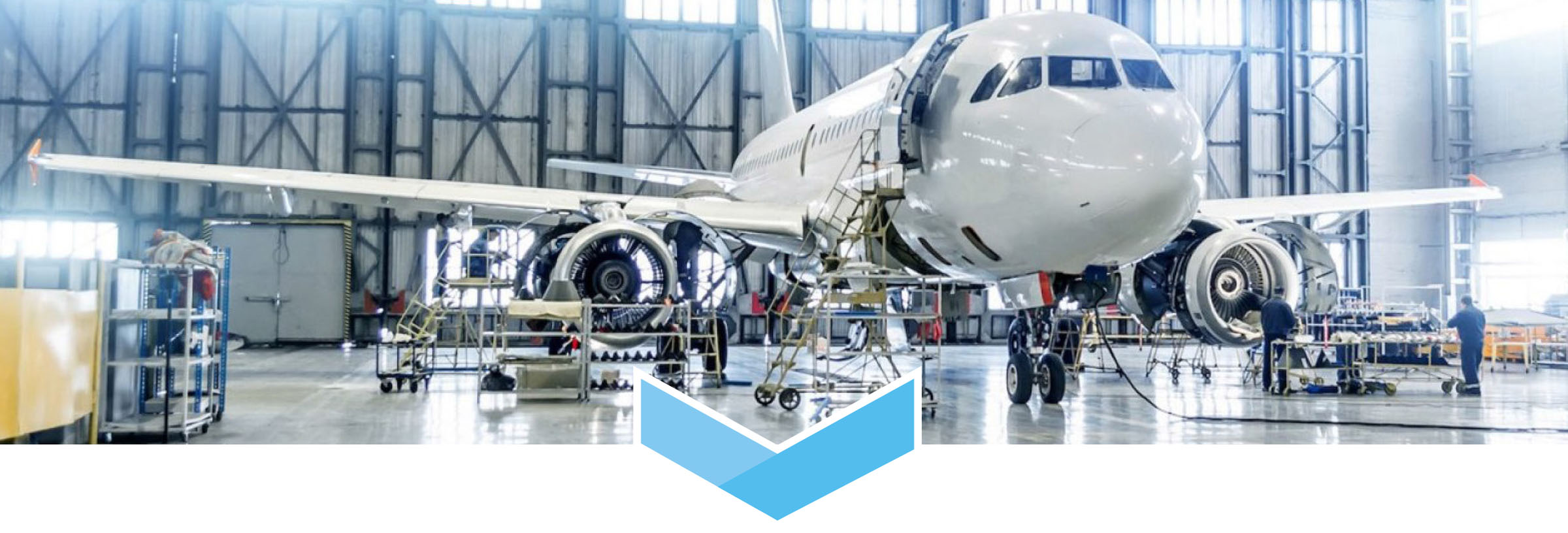Additive Manufacturing in Aerospace: 3 Ways it Boosts the Industry


For years, additive manufacturing in aerospace has been a staple, but the inherent value of the 3D printing process and the impact it can have on aviation is only now really beginning to break onto the global stage. And global is the right way to think about it, as only additive manufacturing (AM) can meet the domestic-only production demands of the U.S. defense industry, while enabling commercial aerospace operators to maintain perfectly balanced inventory levels at any facility around the world. And, all while providing Just-In-Time (JIT) production support for a variety of component types and volume requirements.
So how exactly is additive manufacturing able to achieve such lofty goals, and are these capabilities more hype than substance? The reality is that additive processes do have plenty to offer the aerospace industry, and here are the top three key advantages AM brings to the table:
1. Additive Manufacturing in Aerospace Redefines On-Demand Manufacturing
On-demand is typically a concept dealing with time, but additive manufacturing expands on the idea to make it one not only of chronology, but also of geography. No matter the certifications or qualifications required, this manufacturing process can utilize common equipment without part-specific tooling to produce specialized components anywhere on the planet.
What this means for U.S. defense forces is that they can access facilities close to vital airbases or produce directly in-theater to source critical parts certified to the required standards. Printers can now be found anywhere from forward Marine Corps bases to aircraft carriers to meet mission-critical needs. And for the civilian aviation industry, “just right” inventory levels can be maintained at international hub facilities to sustain production at maximum efficiency.
2. Additive Manufacturing in Aerospace Exponentially Reduces Costs Across Multiple Avenues of Production
What do we mean by “just right?” Imagine a facility sitting right next door to a manufacturer and not being limited to running singular parts produced by injection molding or other legacy technology. Instead, multiple parts can be produced on an as-needed basis simultaneously. When the limitations of hard tooling are eliminated, inventory and operations expenses can shrink dramatically. Additive processes can eliminate non-recurring costs for hard tools and infrastructure (tooling, maintenance and storage) as the digital file and documentation are what’s required to generate the part geometry. AM enhances process control and production flow efficiencies that can be dropped into geographically independent facilities anywhere in the world (once the dependency on a hard tool is eliminated). This ability to duplicate and replicate production centers anywhere in the world means that the web of infrastructure has increase without additional part-specific investment. A whole family or a single part can be produced whenever and wherever needed.
Since additive manufacturing does not limit part design to a single geometry as with a tooled process, you can optimize similar components and gain the best performance in the application. Further driving down overall weight while increasing performance and decreasing required volume or part manufactured for a specific airframe. And the flexibility of producing a cost-effective finished products can ultimately translate into a successful bidding process for the manufacturer.
3. Additive Manufacturing in Aerospace Weaves a Complex, Flexible Digital Thread
In today’s highly competitive aviation environment, manufacturers need to look at their production environments holistically and develop a process that can grow with them well into the future. One of the strengths of additive manufacturing is that it can integrate with existing legacy technologies when it makes the most sense. Traditional technologies still make the most sense in certain applications, but if everything is tied together with a “digital thread” that can synch all production across the manufacturing ecosystem, you can leverage the flexibility and cost-effectiveness of additive manufacturing at the best possible moment for your operations.
How to Maximize the Performance of Additive Manufacturing in Aerospace
A good rule of thumb is that additive manufacturing can deliver production capability anywhere in the world through distributed manufacturing. But to make that capability a reality, several consistent best practices must be in place to meet the stringent demands of aviation. You need a common process that can be implemented across multiple locations to enable true build portability. This includes proper site quality certifications, common equipment, a secure transfer mechanism to share a component’s digital file, proper equipment calibration and consistent input materials.
If you’re ready to discover more about how additive manufacturing in aerospace can streamline the agility of your production, download our white paper to review specific use cases and hard metrics on the performance of the technology.